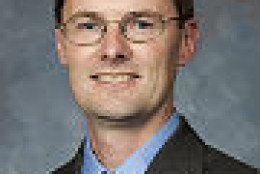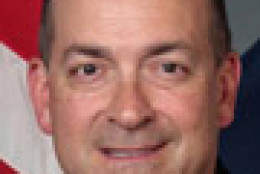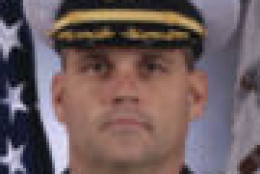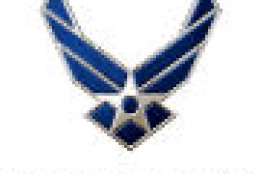On DoD
-
The Obama Administration wants to avoid a repeat of the technical glitches it experienced with the rollout of HealthCare.gov. One way is through a White House effort called the U.S. Digital Service. The Digital Service will consist of a small team of experts that will serve as consultants to agencies on IT projects. Ariel Rabkin is a visiting fellow with AEI's Center for Internet, Communications and Technology Policy. He joined Tom Temin on the Federal Drive to explain why many IT projects fail in the first place.
September 14, 2014 -
The Army's new dedicated career branch for cyber specialties could be up and running as soon as October.
September 12, 2014 -
The Army has a request for information out to see how it can introduce 4G LTE mobile technology to soldiers on the battlefield. The Army wants to see how 4G can help with battlefield intelligence and communication, and keep those capabilities on a wireless network. It hopes the technology can be tailored to help individual soldiers interact and contribute to the battlefield network. The Army wants the network to support video, voice and text communications. Responses to the ROI are due on October 6th.
September 11, 2014 -
Gino Magnifico, the chief information officer of the Army Contracting Command, said the move to a zero-client setup for its desktop computers and the development of lighter weight apps to be used anywhere in the world is a direct result of having a mature cloud infrastructure.
September 11, 2014 -
After years of acquisition planning, bid protests and then eventually a rolling process of migrating users from one contract to another, the Navy says all of its users will have moved to its new NGEN contract by the end of this month.
September 11, 2014 -
Within the next few weeks, the Navy said it will finally finish its transition to a new operating structure for its IT network. As Federal News Radio's Jared Serbu reports, all of the Navy's 300,000 users will be operating under a contract structure known as NGEN by the end of this month.
September 11, 2014 -
The 3-D printing revolution now includes an effort to replicate the human skull. The Army Research Laboratory is working on skulls that can be used for research on brain injuries. Dr. Thomas Plaisted is a materials engineer at the Composites and Hybrid Materials Branch of the Weapons and Materials Directorate at the Army Research Lab. On In Depth with Francis Rose, he said the skulls won't solve the head injury problem, but they'll be an effective tool to help find a solution.
September 09, 2014 -
The Navy has made an important step in advancing its aerial strike and surveillance technology. It's found a way to blend unmanned and manned jets on the same aircraft carrier. Aboard the USS Theodore Roosevelt off of the Virginia coast, the Navy successfully completed a test. A self-guided plane took off, landed and then maneuvered out of the way for a manned jet to land. Rear Adm. Mat Winter is the program executive for Unmanned Aviation and Strike Weapons at Naval Air Systems Command. He joined Tom Temin on the Federal Drive to explain why the test runs are important to the Navy.
September 08, 2014 -
The Navy has built an unmanned undersea vehicle that mimics the motions of the fish it resembles. The robotic fish is packed with acoustic sensors and cameras. Navy developers hope it will carry out a range full of missions like undersea mine detection or prolonged surveillance of ships, ports and submarines. Capt. Jim Loper is the concepts and innovation department head at the Navy Warfare Development Command in Norfolk, Virginia. He joined Tom Temin on the Federal Drive with details on Robo Tuna.
September 04, 2014 -
On this week's Women of Washington radio show, Lockheed Martin's Sondra Barbour explains how she and women like her broke the glass ceiling in the private sector.
September 03, 2014 -
Both the Army and Air National Guard say they are making inroads toward gaining a foothold for their state-based forces in the Defense Department's growing mission sets in cyberspace. Both services say they are training more personnel and building the guard's credibility within the Pentagon when it comes to cyber missions.
September 03, 2014 -
On this week's edition of On DoD, we discuss strategic sourcing in the Navy, plus the current state of the financial management workforce in DoD.
September 02, 2014 -
Maj. Gen. Michael T. Harrison drops in rank from two-star to one-star for failing to investigate sexual assault accusations.
August 29, 2014 -
Air Force's new community partnership program looks to cut the costs of running bases by sharing operating and maintenance costs with the local communities in their neighborhoods.
August 29, 2014 -
Reserve officers face a continuing dilemma. They often want to stay current enough to return to active duty if needed. Yet, they also need to pursue their other professional lives. Now the Air Force is adopting a program pioneered by the Navy and Marine Corps to let them do just that. Col. Rob Romer, chief of the military force policy division, joined Tom Temin on the Federal Drive to discuss the new program.
August 28, 2014








